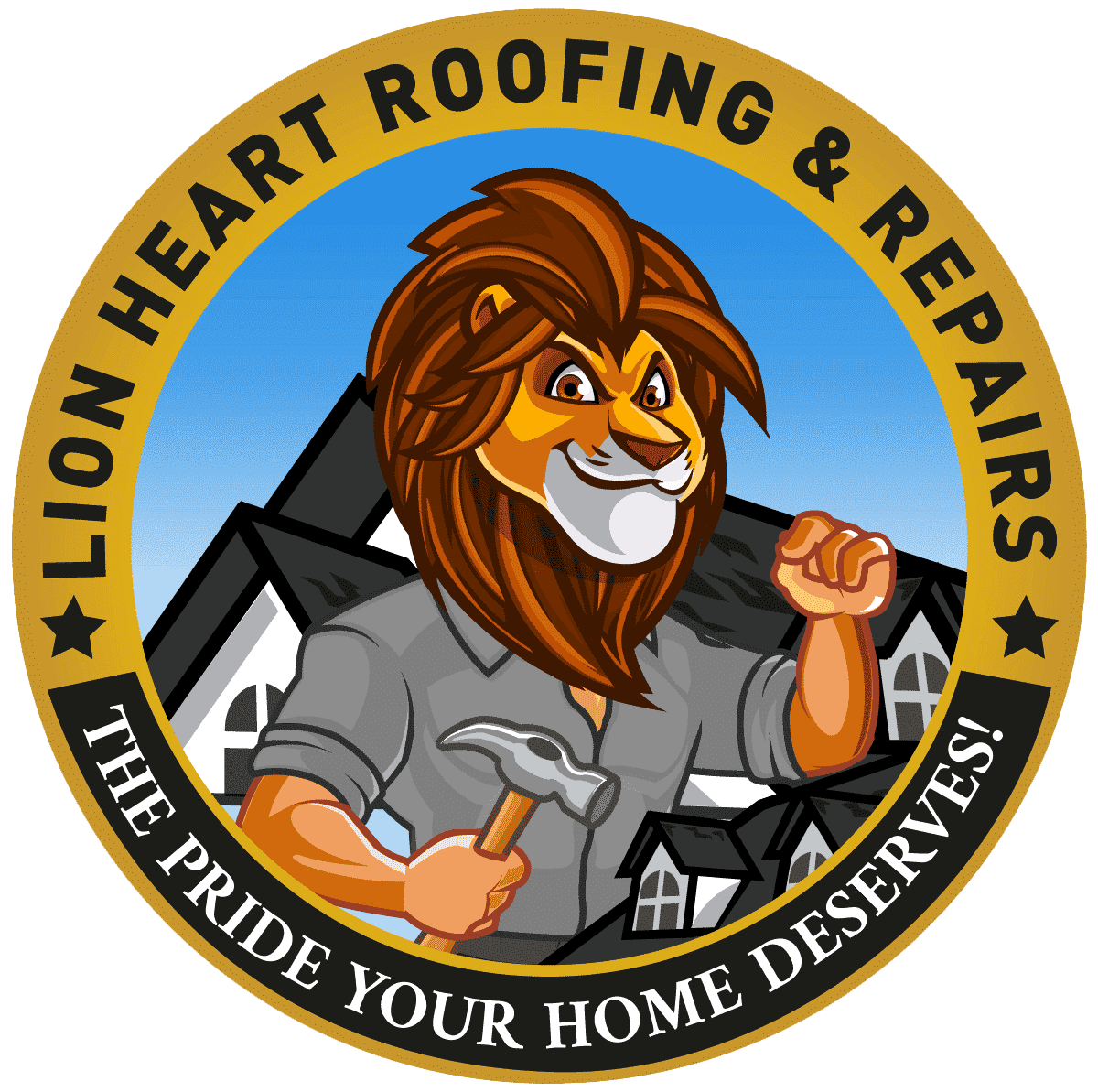Roofing Quotes Calgary | When building or renovating a home, one of the most significant design decisions you’ll face is the type of roof to install. The roof is your home’s first defence against the elements and plays a major role in energy efficiency, long-term maintenance, and curb appeal. In residential roofing, two dominant styles often stand out: flat roofs and pitched roofs.
Each type comes with its own advantages and challenges. In this blog, we’ll explore the pros and cons of both roofing options to help you make an informed decision that suits your climate, budget, and aesthetic preferences—especially relevant if you’re in a climate like Calgary’s, where snow, wind, and temperature swings are part of everyday life.
Understanding the Basics
What is a Flat Roof?
Despite the name, flat roofs aren’t perfectly flat—they typically have a slight slope (1–10 degrees) to allow for drainage. These roofs are common in commercial buildings but are increasingly used in modern residential architecture for their sleek, contemporary look.
Materials Used:
- Modified bitumen
- EPDM (rubber membrane)
- TPO (thermoplastic membrane)
- PVC
What is a Pitched Roof?
Pitched roofs have a noticeable slope, which can vary in steepness depending on the design. They’re the traditional choice for homes in areas with heavy rainfall or snow due to their effective water and snow runoff.
Common Styles:
- Gable
- Hip
- Gambrel
- Mansard
Materials Used:
- Asphalt shingles
- Metal panels
- Wood shakes
- Clay or concrete tiles
Pros and Cons of Flat Roofs

Pros of Flat Roofs
1. Cost-Effective Installation
Flat roofs typically require fewer materials and less labour, making them more affordable to install initially than pitched roofs.
2. Easy Access for Maintenance
Homeowners or contractors can walk on a flat roof more safely, making inspections, repairs, or installing systems like solar panels much easier.
3. Modern Aesthetic
The sleek, minimalist look of a flat roof suits modern and contemporary home designs beautifully.
4. Usable Space
Flat roofs can double as patios, gardens, or even rooftop decks—an especially appealing option for urban homeowners looking to maximize outdoor space.
5. Easier HVAC and Solar Setup
It’s simpler and more cost-effective to install and maintain HVAC units or solar panels on a flat surface.

Cons of Flat Roofs
1. Drainage Challenges
Without adequate drainage systems, flat roofs can accumulate water, leading to leaks and structural damage over time.
2. Shorter Lifespan
Flat roofing materials tend to have a shorter lifespan than pitched roof alternatives and may require more frequent repairs.
3. Limited Material Options
Homeowners may have fewer choices in roofing materials compared to pitched roofs.
4. Not Ideal for Heavy Snowfall
In climates like Calgary’s, flat roofs can struggle with snow accumulation unless properly designed and maintained.
Pros and Cons of Pitched Roofs
Pros of Pitched Roofs
1. Superior Drainage
The angled design allows water, snow, and debris to slide off naturally, reducing the risk of water pooling or leaks.
2. Longevity
Pitched roofs generally last longer than flat roofs due to better runoff and the durability of materials like asphalt shingles or metal.
3. Better Insulation and Ventilation
The attic space beneath a pitched roof provides natural insulation and ventilation, contributing to better energy efficiency.
4. Wider Aesthetic Appeal
Pitched roofs offer a timeless and classic look that suits many architectural styles, from cottages to contemporary homes.
5. Higher Property Value
Homes with pitched roofs often command higher resale values due to their curb appeal and functional benefits.
Cons of Pitched Roofs
1. Higher Installation Costs
Steeper slopes require more materials, more skilled labour, and longer installation times, which increases the upfront cost.
2. Maintenance Can Be Tricky
Cleaning gutters, fixing shingles, or installing solar panels is riskier and more challenging due to the steep incline.
3. Less Usable Space
Pitched roofs limit the opportunity to use your roof as a deck or green space. Additionally, the sloped ceilings inside can reduce usable attic or upper-level space.
Climate Considerations: Calgary-Specific Tips
Calgary’s winters are harsh, and summers can bring extreme weather shifts. These climate conditions make the decision between a flat and pitched roof even more critical.
- Snow Load: Pitched roofs naturally shed snow, reducing the weight burden. Flat roofs must be built with strong structural support and drainage systems to handle snow accumulation safely.
- Wind Resistance: Pitched roofs tend to have better wind resistance, especially when using materials like metal panels.
- Freeze-Thaw Cycles: Flat roofs are more prone to water infiltration during freeze-thaw cycles, common in Calgary’s spring and fall seasons. Pitched roofs provide better protection in this regard.

Choosing What’s Right for Your Home
Ultimately, your decision should consider your home’s architectural style, budget, future plans, and the expertise of local contractors. Whether you’re leaning toward a minimalist flat roof or a durable, traditional pitched roof, the key lies in working with professionals who understand Calgary’s building codes and weather demands.
For those looking for Roofing Quotes in Calgary, ensure your quote includes information on drainage systems, insulation, materials, and long-term maintenance costs tailored to your chosen roof type. Always request a detailed breakdown and compare multiple contractors to make the best investment in your home’s future.
Final Thoughts
Both flat and pitched roofs have their place in residential design. While flat roofs offer modern aesthetics and extra usable space, pitched roofs win in durability and climate adaptability. With careful planning and the right roofing partner, your new roof can provide both form and function for decades to come.
Need professional guidance and accurate Roofing Quotes Calgary homeowners can trust? Partner with a roofing expert who understands your local needs.

